Thorens
TD 125 MK II
Turntable
G e n n L a b
www.gennlab.com


Finished restoration project
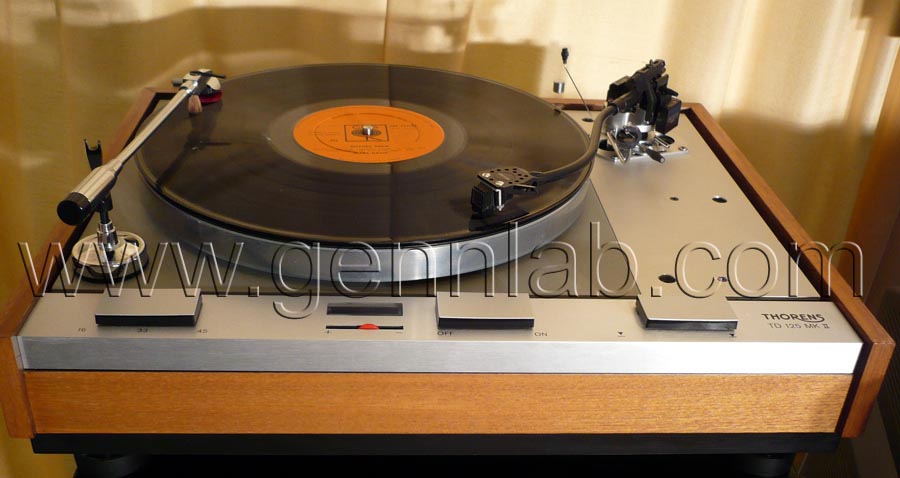 |
Thorens TD125 MkII |
|
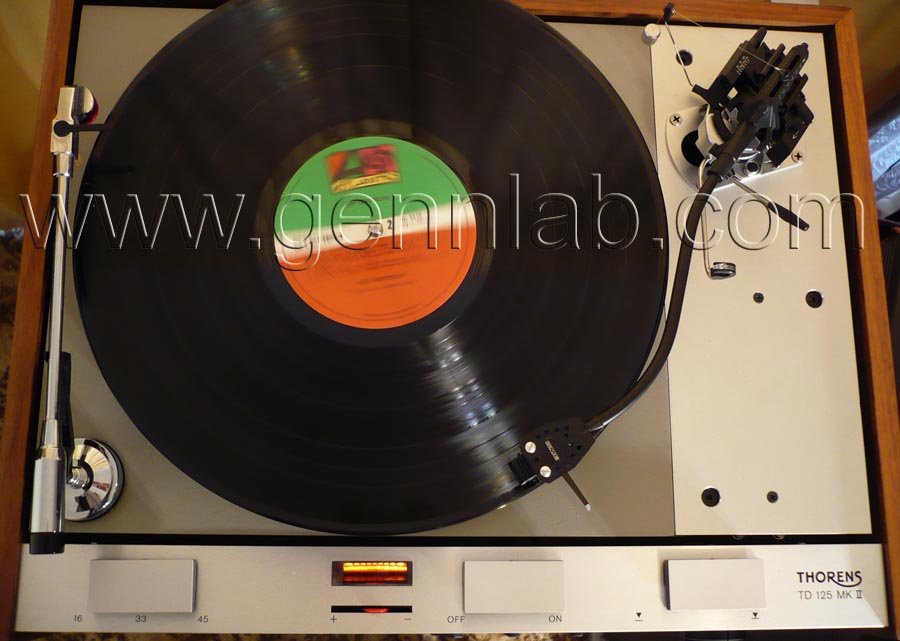 |
Thorens TD125 MkII Top |
|
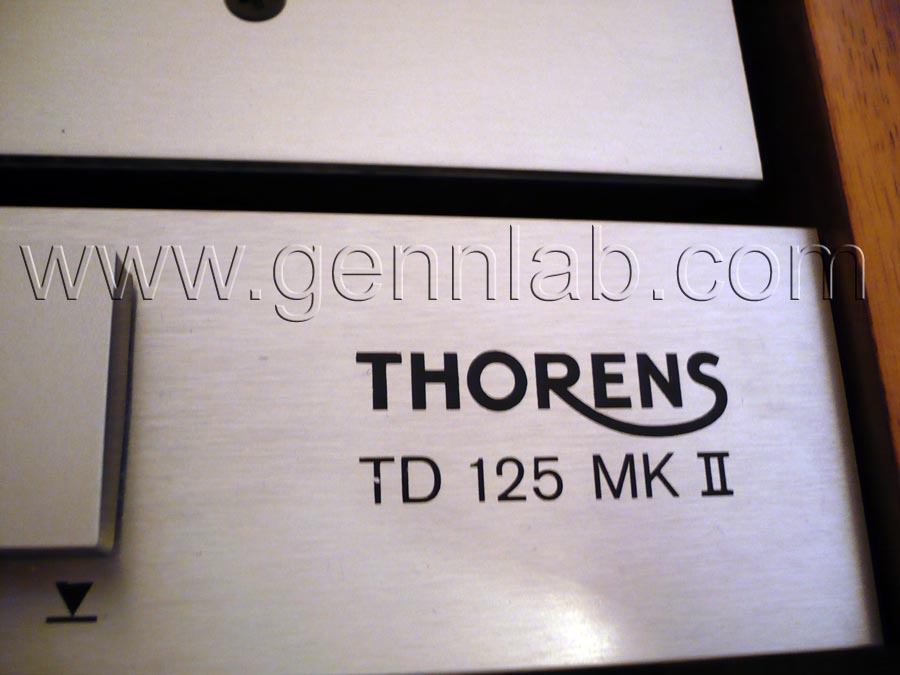 |
Thorens TD125 MkII Label |
|
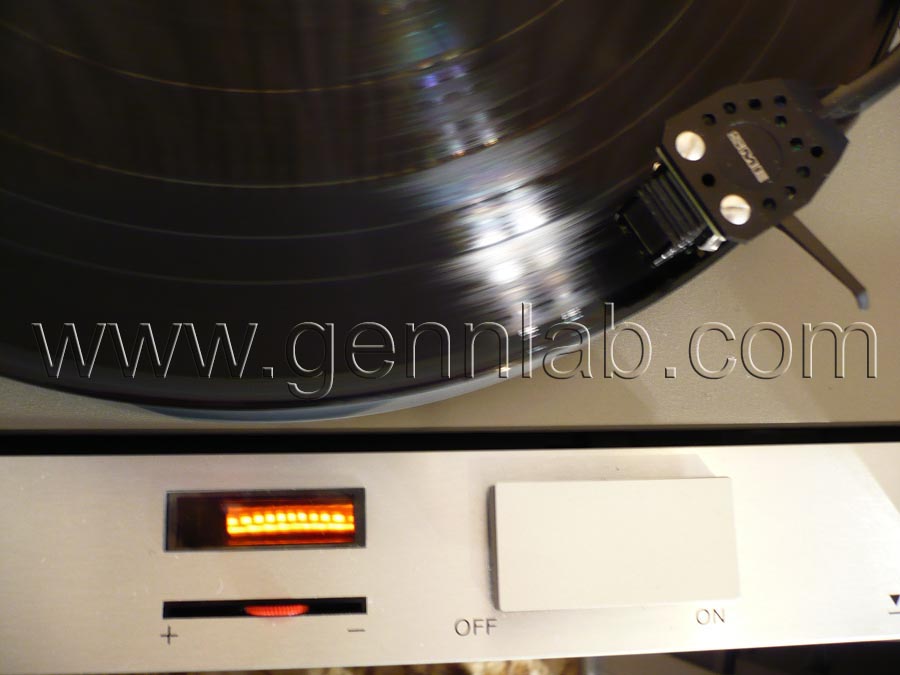 |
Thorens TD125 MkII Speed Control |
|
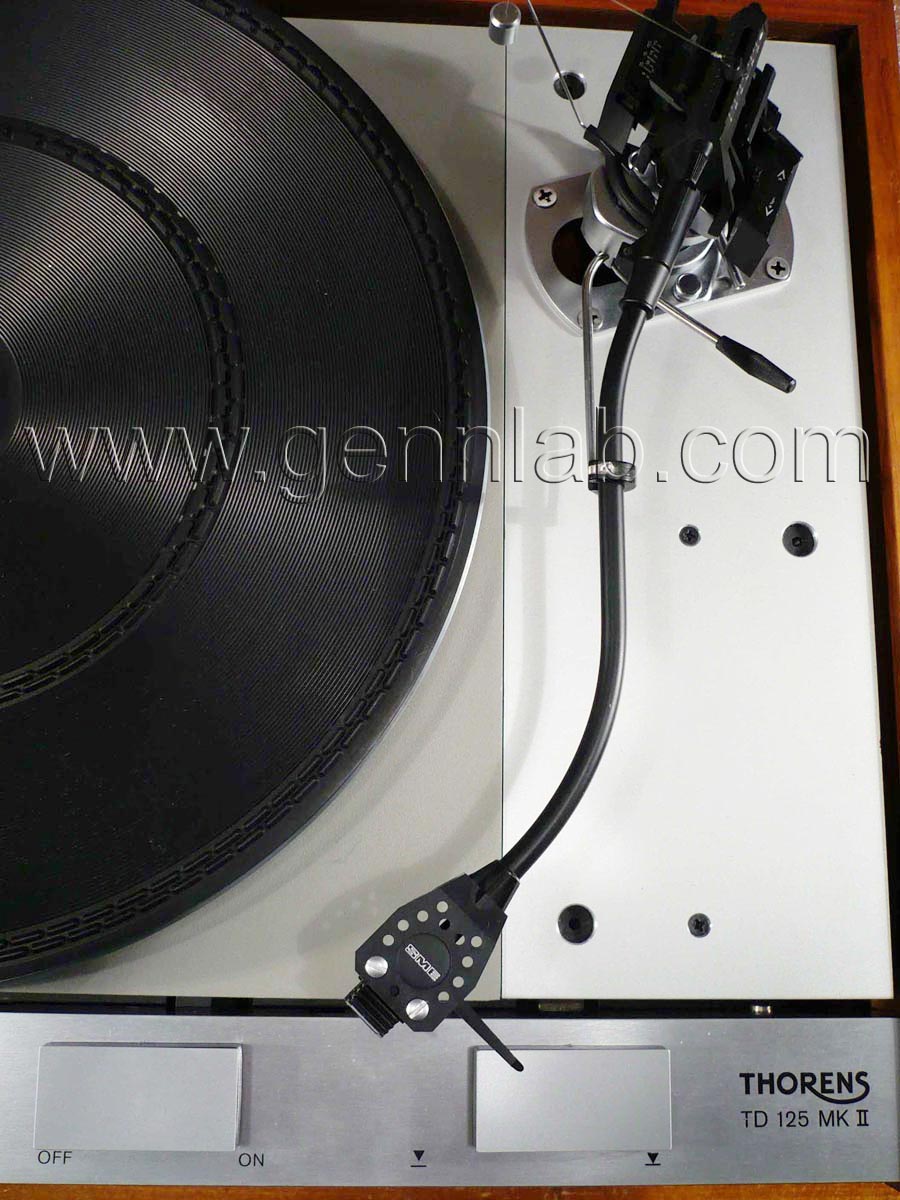 |
Thorens TD125 MkII SME Series III Tonearm |
|
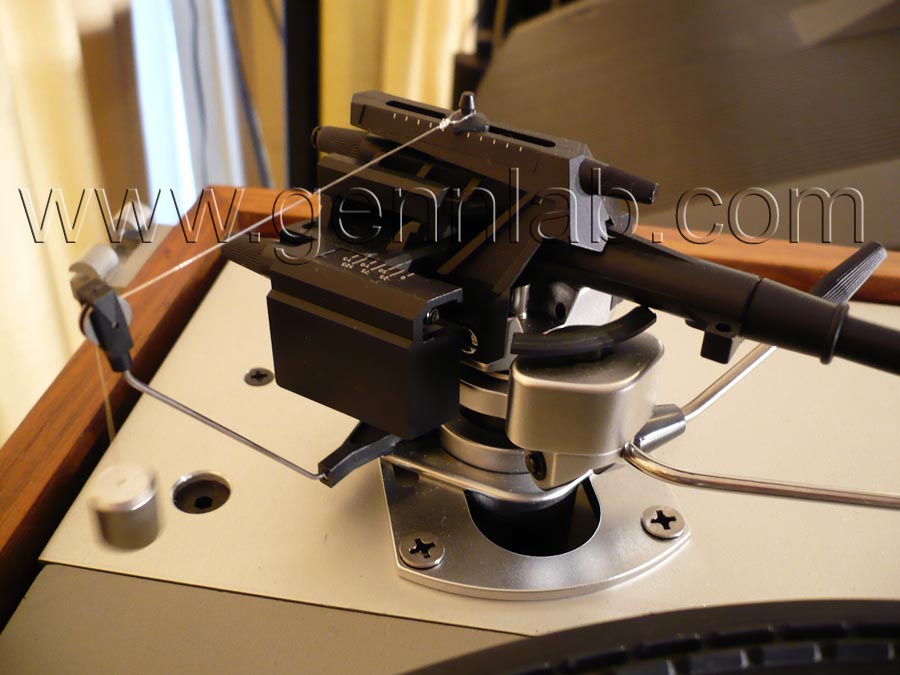 |
Thorens TD125 MkII SME Series III Tonearm 1 |
|
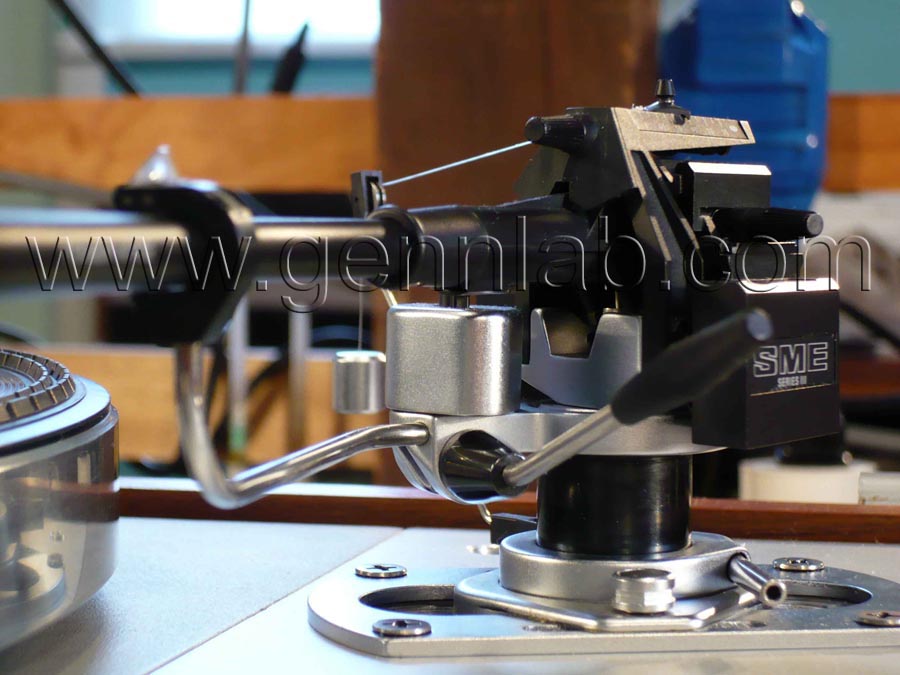 |
Thorens TD125 MkII SME Series III Tonearm 2 |
|
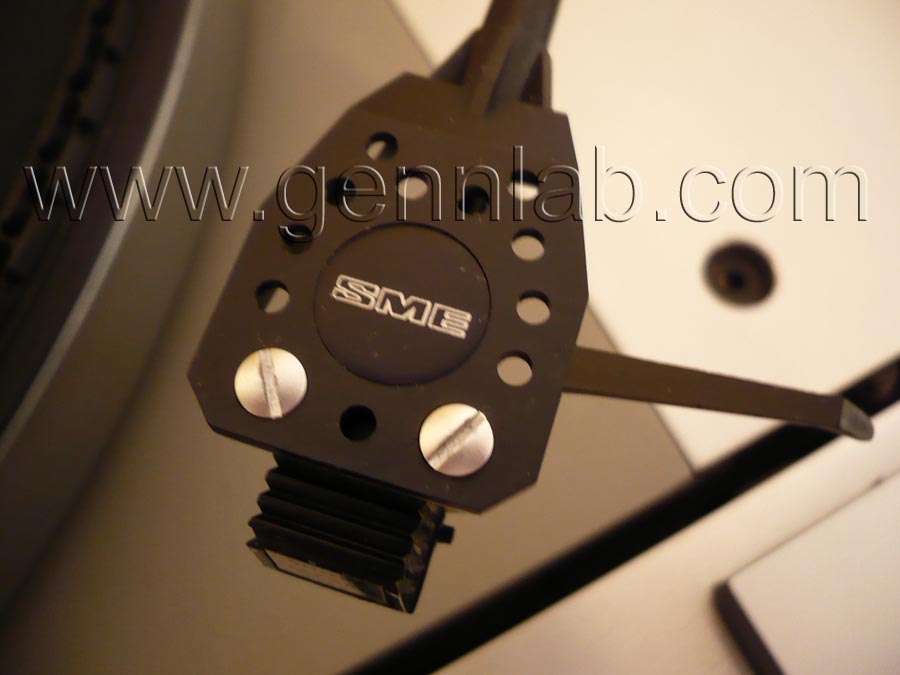 |
Thorens TD125 MkII SME Series III Tonearm Shell |
|
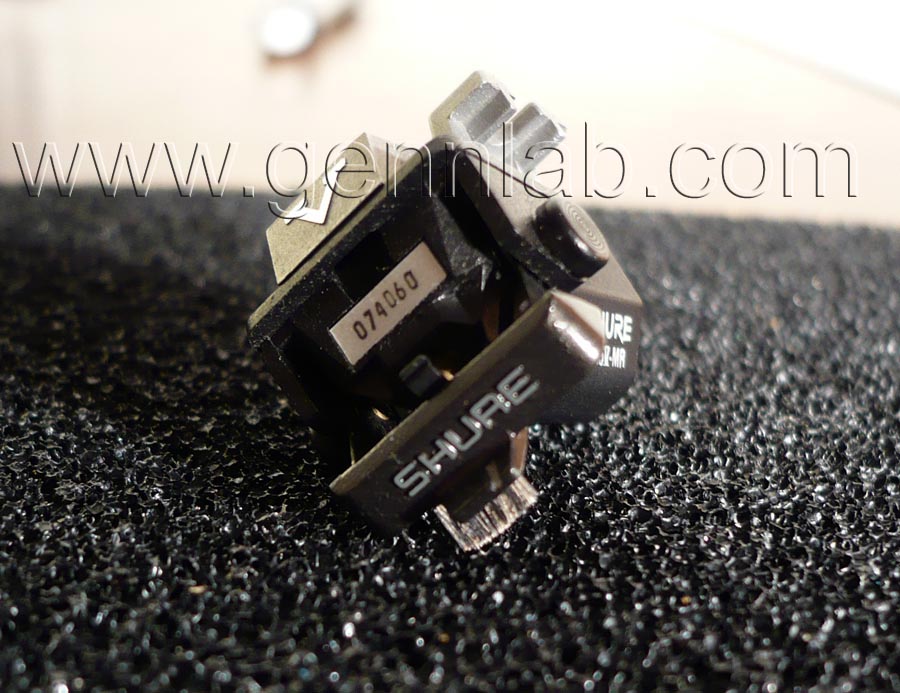 |
Thorens TD125 MkII Shure V15V-MR Cartridge |
|
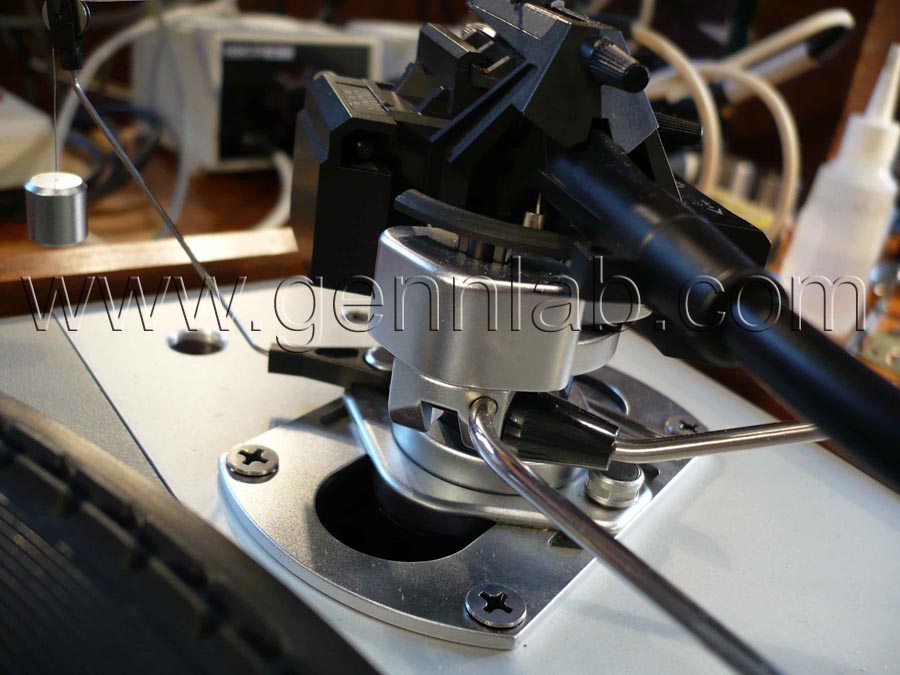 |
Thorens TD125 MkII SME Series III Tonearm 3 |
|
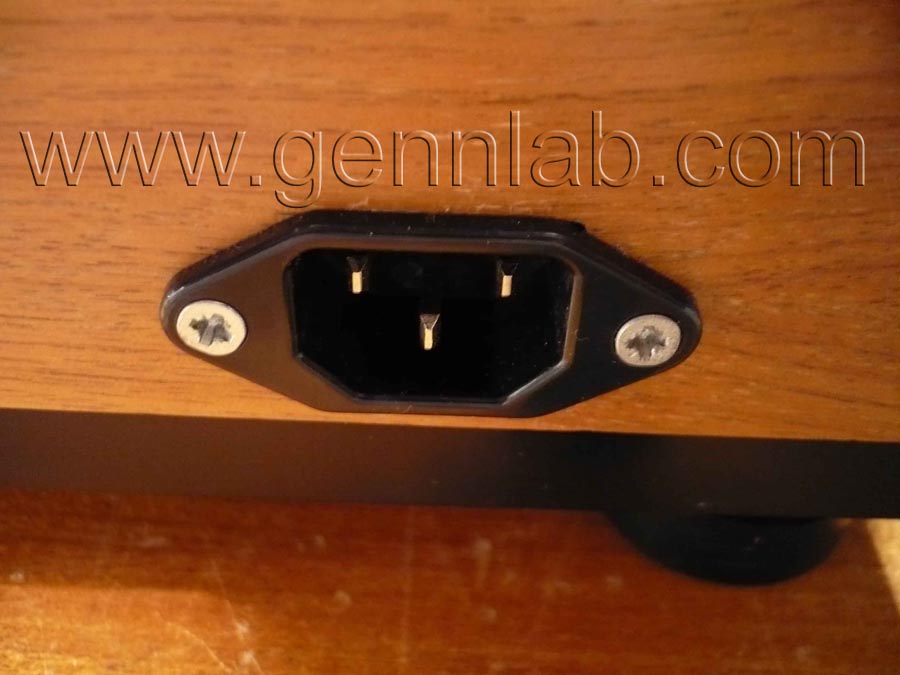 |
Thorens TD125 MkII Mains Connector Mods |
|
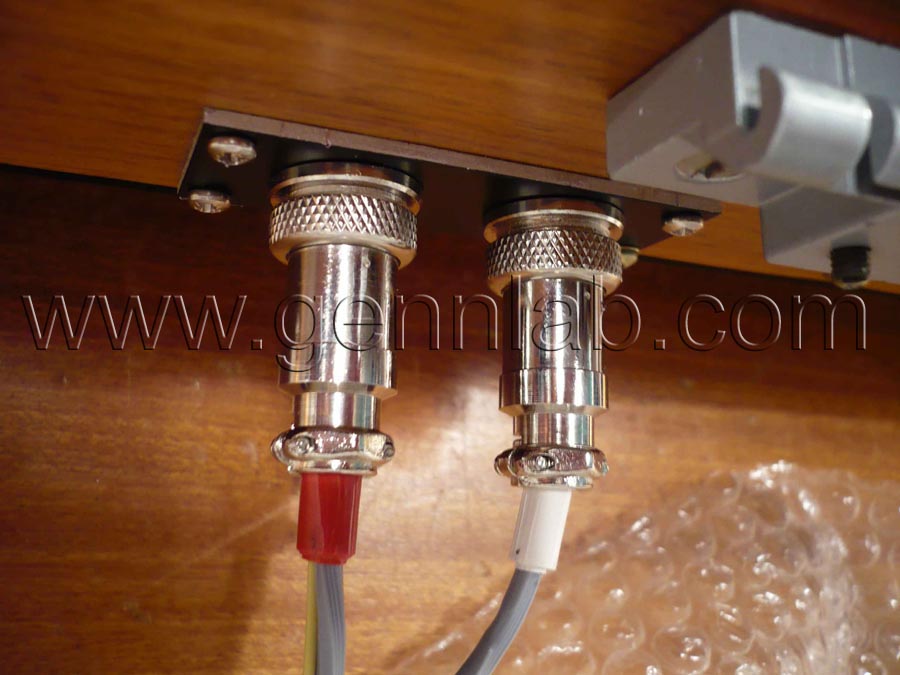 |
Thorens TD125 MkII Output Connector Mods |
|
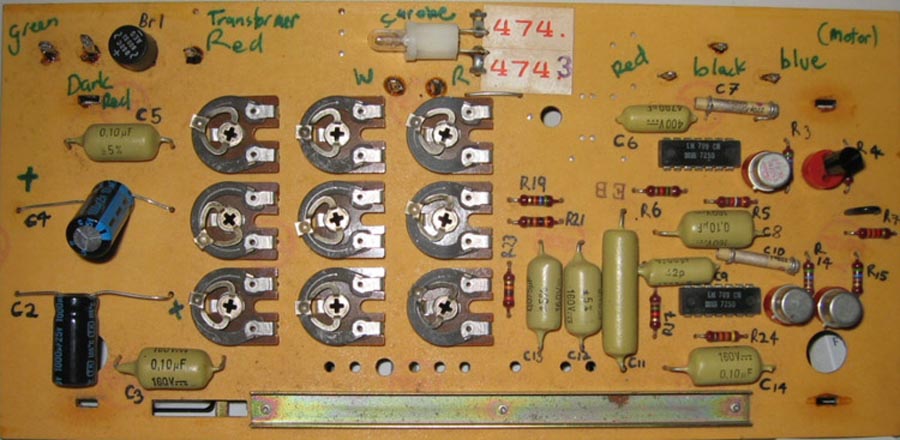 |
Thorens TD125 MkII Speed Control PCB |
|
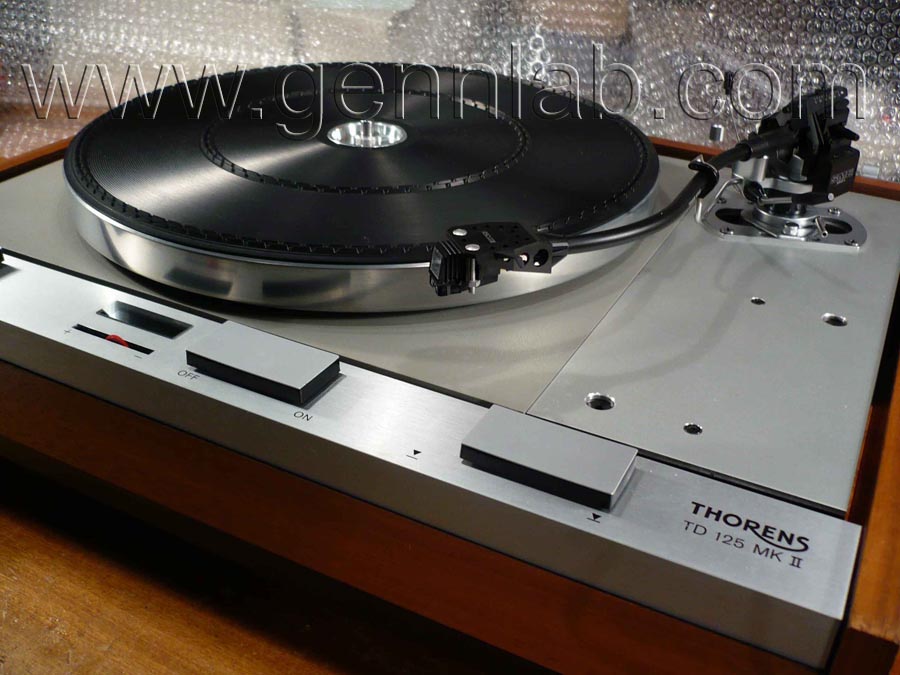 |
Thorens TD125 MkII 1 |
|
Click on any picture to enlarge
The TD 125 MkII turntable is fitted with a Solid State Control System. This replaces the mechanical linkage which is normally necessary to maintain different record speeds. The Solid State Control System consists of a Wien bridge oscillator, normally used in measuring instruments, and the frequency of this oscillator can be varied in definite steps so that the speed of the 16-pole synchronous motor can be changed. An additional fine frequency adjustment may be effected by means of a potentiometer, thus providing an electronic speed control within the range of +/- 2%.
The necessary power for the synchronous motor is produced by two identical push-pull amplifiers, one integrated in the Wien-bridge oscillator, the other driven via a resistor-condenser network, to maintain the necessary 90 degrees phase shifts between the output signals.
Two integrated operational amplifiers (ICs) deliver the necessary voltage amplification, while the output stages are equipped with 4 silicon power transistors.
Thus the speed of the synchronous motor is controlled by the generated frequency. The desired record speed will be provided by the precise frequency variation of the control generator.
200127



